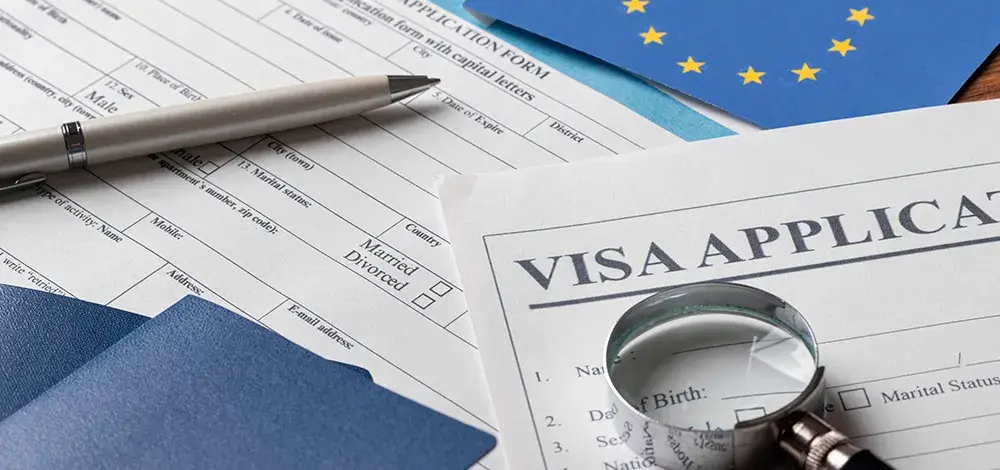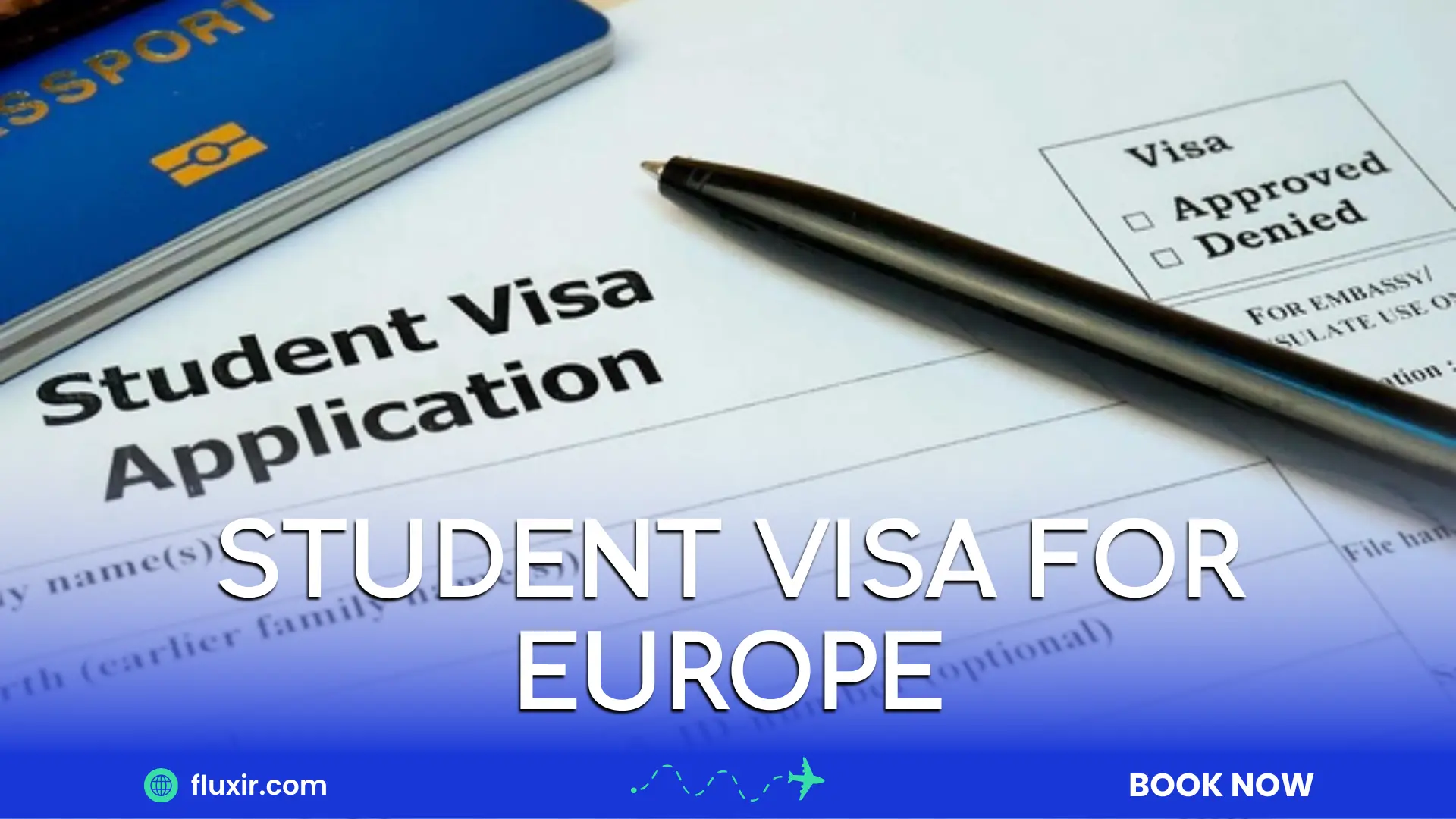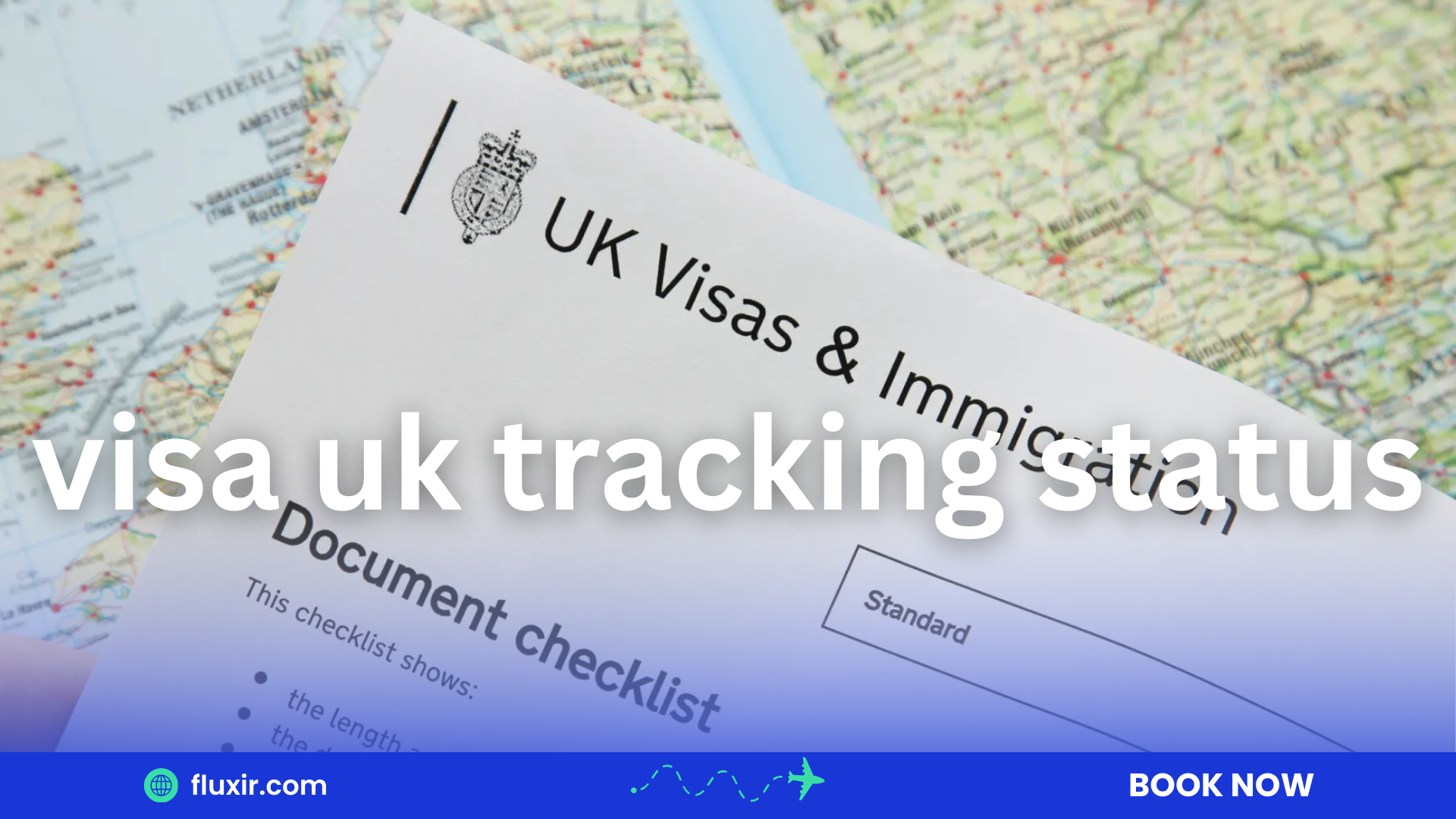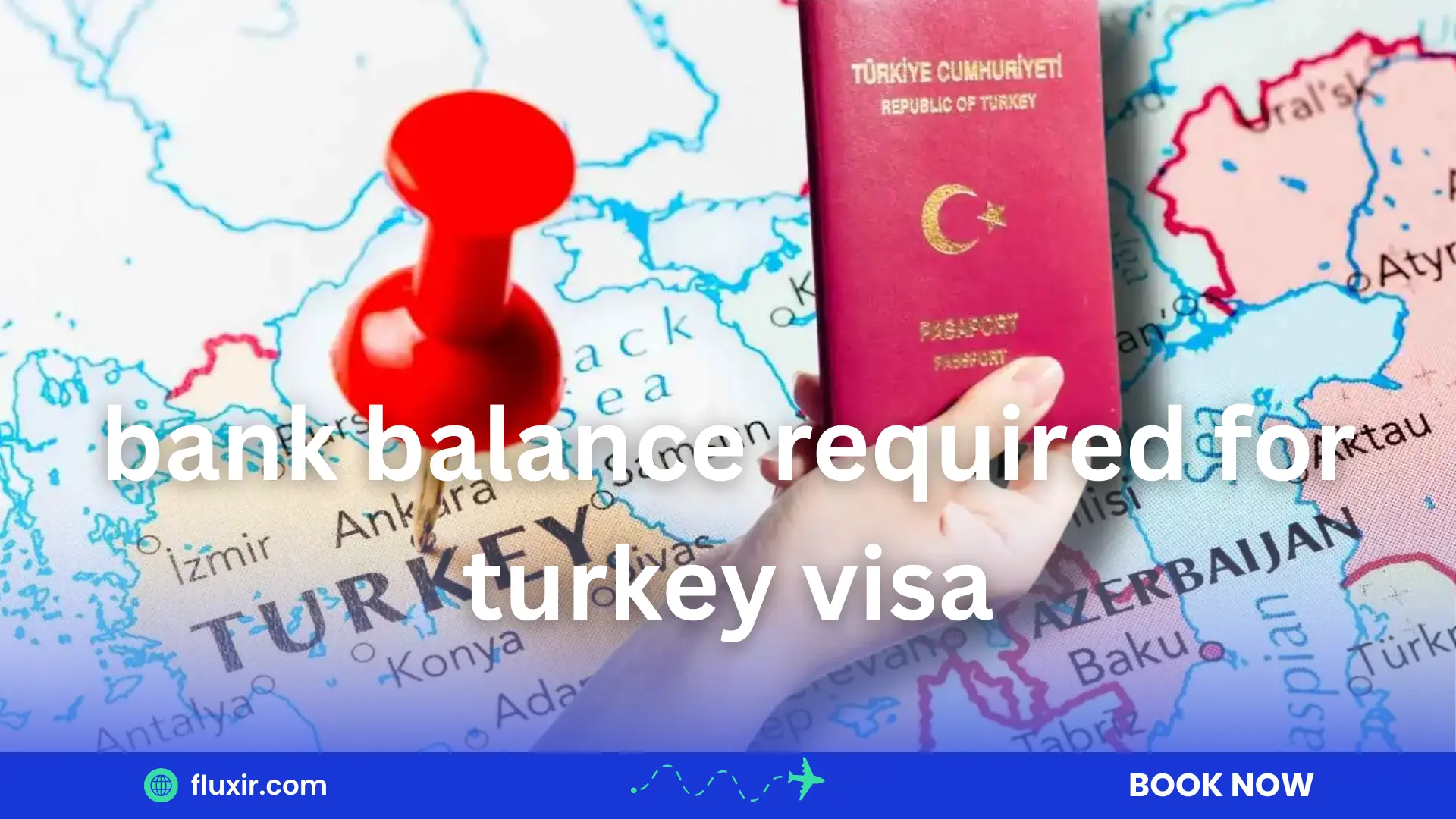Studying in Europe is a dream for many students worldwide, thanks to its high-quality education, diverse cultures, and vibrant student life; However, you’ll need to secure a student visa for Europe; This process can vary by country, but understanding the general requirements, application steps, and available financial aid can make things much smoother.
Student visa Options for European countries
European countries have different visa categories depending on the length and purpose of your studies; In general, there are two main types:
Short-Term Student Visa
It is designed for study programs lasting less than 90 days (e.g., language courses, summer schools), and often referred to as a Schengen visa, allowing travel across multiple European countries.
Long-Term Student Visa (Residence Permit)
This student visa for Europe is required for programs lasting more than three months, such as university degrees; Typically grants residence rights, allowing students to live and study in the country of issue.
Each European country has its own specific regulations, so it’s essential to check the visa rules for your destination.
Key Requirements for a Student Visa for Europe
While specific requirements vary, most European countries require the following:
- Proof of Enrollment: An official admission letter from a recognized institution.
- Valid Passport: Must be valid for at least six months beyond your stay.
- Financial Proof: Evidence that you can support yourself financially (bank statements, scholarship letters, or sponsorship documents).
- Health Insurance: Some countries require mandatory health coverage for international students.
- Accommodation Proof: A rental agreement or university housing confirmation.
- Language Proficiency: Some countries require proof of language skills (English or the local language).
- Visa Application Form & Fees: Completed application with the required processing fee.
Step-by-Step Application Process
Steps of obtaining a European visa for students come as follows:
Choose a Country and University
Before applying for a student visa for Europe, research the best universities and programs that suit your field of study.
Make sure they are accredited institutions, as only recognized universities can issue the necessary documents for a visa.
Gather the Documents
Ensure all documents are complete and up to date. Missing paperwork can delay or even lead to visa rejection.
Submit Your Application
Depending on the country, you may need to apply at an embassy, consulate, or an online visa portal.
Some applications require in-person appointments, while others allow online submissions.
Wait for Processing
Processing times vary; On average, a student visa for Europe takes 4 to 12 weeks, so apply well in advance.
Receive Your Visa and Travel
Once approved, you can collect your visa, book your flight, and start your journey; Some countries require additional registration upon arrival, so check with local authorities.

Scholarships and Financial Aid for International Students
Studying in Europe can be expensive, but there are several ways to reduce costs:
- Erasmus+ Scholarships: Offered by the EU for students studying in European universities.
- Country-Specific Grants: Many European governments provide financial aid to international students.
- University Scholarships: Most universities have merit-based and need-based scholarships.
- Private Scholarships: Various organizations support international students with grants and tuition waivers.
Researching these options can help lower tuition fees and living expenses while studying abroad.
Common Mistakes to Avoid When Applying for a Student Visa for Europe
There are some common mistakes to avoid when applying for a European visas for students:
- Applying Too Late: Many students underestimate the processing time and apply too close to their start date.
- Incomplete Documentation: Missing even one required document can lead to delays or rejection.
- Insufficient Financial Proof: Some countries have strict financial requirements, so ensure you have enough funds.
- Ignoring Health Insurance Requirements: Some applications get rejected due to lack of proper health coverage.
Avoiding these mistakes will increase your chances of getting your visa approved without unnecessary delays.
How Fluxir Can Assist with a student visa for Europe
Our Fluxir’s team understands that applying for a European visa for students can be overwhelming; That’s why we offer guidance on:
- Choosing the right visa based on your study program and country.
- Providing up-to-date visa requirements to help you prepare a strong application.
- Connecting students with financial aid and scholarships to make studying in Europe more affordable.
- Step-by-step visa assistance to ensure you meet deadlines and avoid common mistakes.
Whether you’re planning to study in Germany, France, Spain, or any other European country, Fluxir can make the process easier by offering expert support at every stage.
Finally, remember that getting a student visa for Europe is a crucial step for studying abroad; Understanding the different visa types, eligibility requirements, and financial aid options will help you plan effectively; By preparing in advance and avoiding common mistakes, you can increase your chances of securing a visa smoothly.
And with our expert insights and visa guidance in Fluxir, you can focus on your studies while we handle the paperwork.




